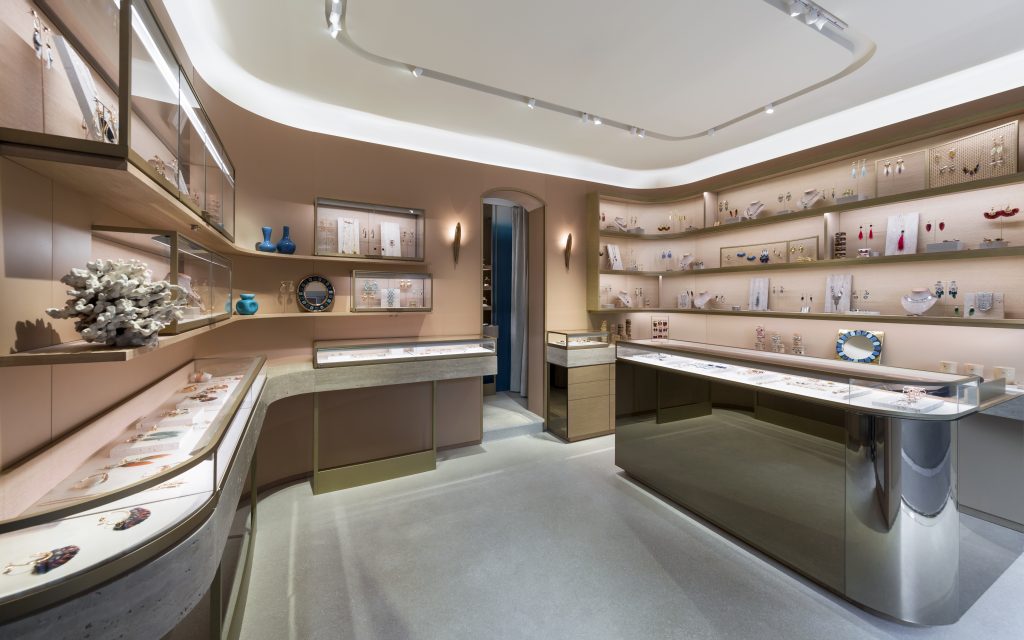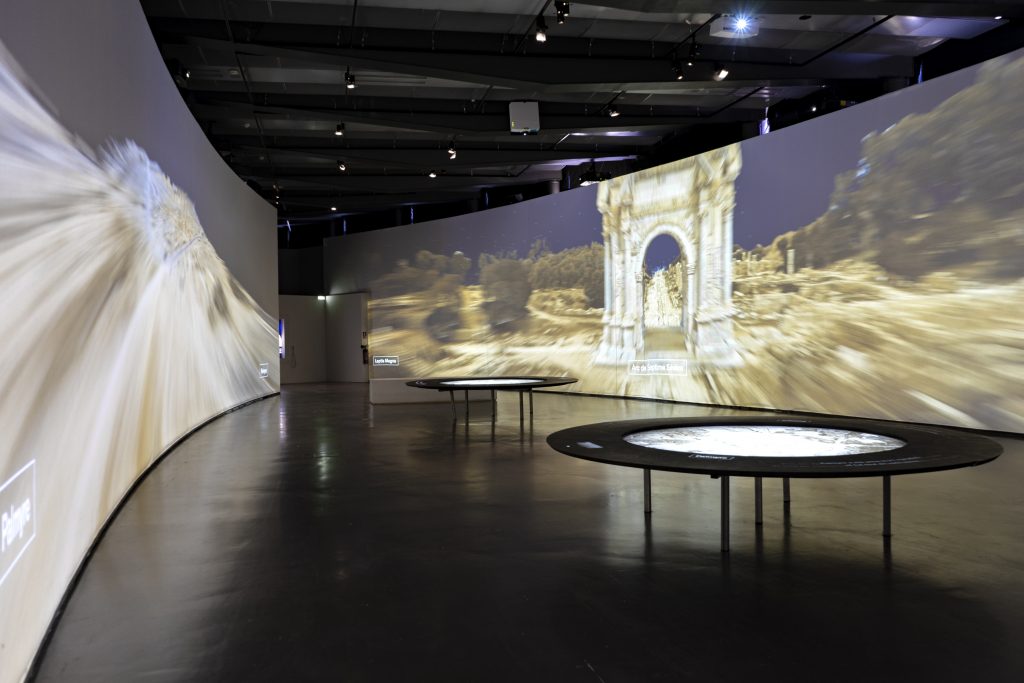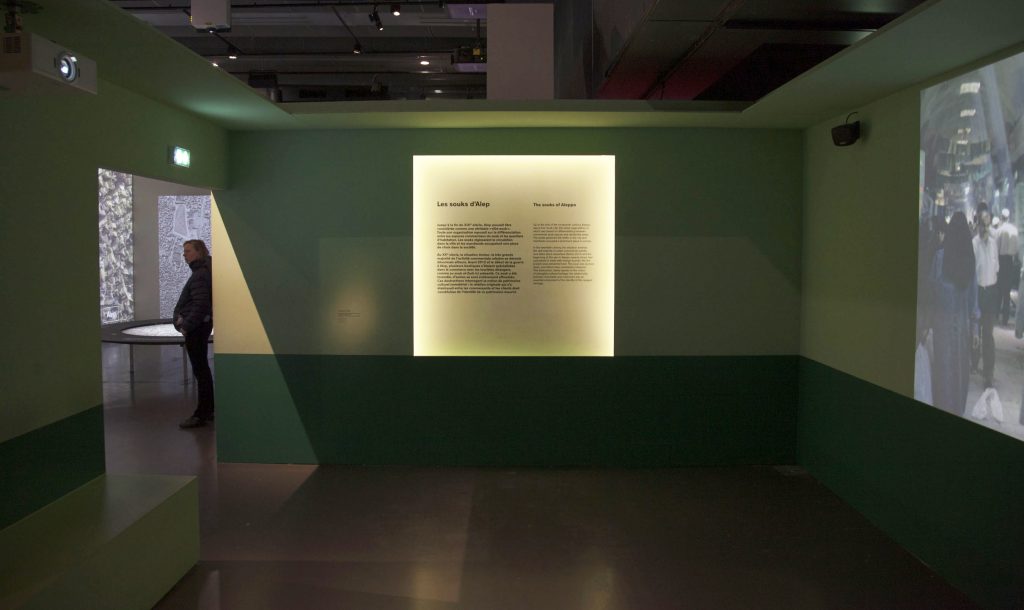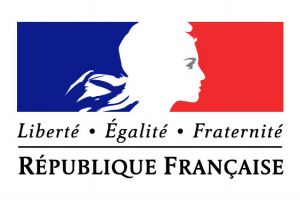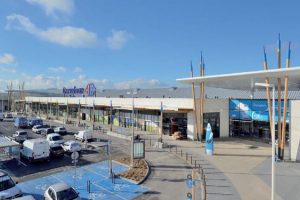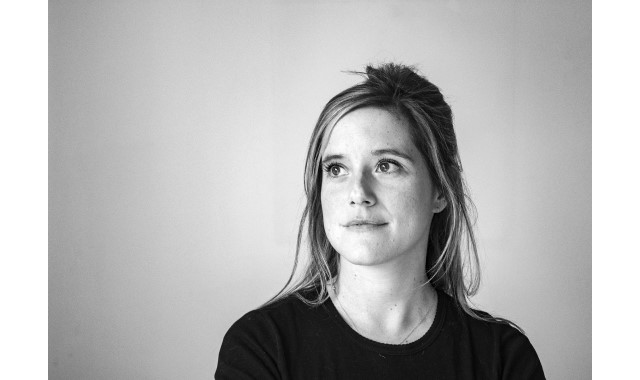
Il y a à peine 35 ans naissait le métier de concepteur lumière. Quelle vision la génération des trentenaires a-t-elle aujourd’hui de cette profession en pleine transition ? Bénédicte Garby partage avec nous sa passion pour l’outil lumière, qui l’a conduite à créer l’agence Reflet.
Bénédicte Garby – Shadow worker
Barely 35 years ago, the profession of lighting designer was born. What vision does the generation of thirty-year-olds have today of their profession that is in full transition? Bénédicte Garby shares with us her passion for lighting, which led her to create her own agency, Reflet. (article in English after the French version)
Lumières : Quelle est votre approche de la lumière ?
Bénédicte Garby : J’ai beaucoup appris de mon expérience au sein d’agences de conception lumière comme Ponctuelle et Seulsoleil, et j’ai ensuite pu affiner mon regard sur la lumière en collaborant avec des concepteurs de théâtre ou d’architecture tels que Rémi Nicolas et Emeric Thienot. Pendant ma formation d’architecte, je n’envisageais pas la lumière comme une matière, même si, bien entendu, on abordait la question du traitement de la lumière naturelle dans l’architecture. Je m’intéressais plutôt à l’objet lumineux, j’avais notamment dessiné quelques luminaires. C’est au fur et à mesure de mes collaborations que je me suis forgé une autre idée de la lumière et que surtout, j’ai pris conscience de toutes les possibilités qu’offrait l’éclairage artificiel. C’est à ce moment qu’est née l’idée de « l’outil lumière » et que je me suis projetée comme une « ouvrière de l’ombre », pour modeler la matière et ainsi donner à regarder un espace, une architecture ou une œuvre. Je n’étais plus architecte mais je pouvais mettre en valeur l’architecture.
Comment avez-vous développé vos premiers concepts lumière ?
C’est au sein des agences que j’ai découvert les différents aspects d’un projet d’éclairage. Ces expériences enrichissantes m’ont permis de préciser mes intentions sur les projets. Je suis restée dans une échelle de projets proche de ma formation, en travaillant dans des espaces majoritairement intérieurs : j’essaie de dégager un concept original qui s’intègre dans un lieu et un contexte, puis, comme un peintre qui choisit ses pinceaux, je recherche le bon matériel et travaille les effets souhaités. Par exemple, dans le cadre d’un projet d’éclairage de joaillerie, où il fallait tenir compte des spécificités des pierres qui ne retiennent pas toutes la lumière de la même façon, j’ai joué avec différentes températures de couleur et faisceaux lumineux. Dans mes projets muséographiques, certaines scénographies exigent une recherche de théâtralisation et d’autres consistent à s’imprégner d’un univers artistique et à les travailler en lumière pour offrir une lecture agréable des œuvres, et se laisser surprendre à comprendre quelque chose que l’on n’avait pas perçu. Dans l’éclairage de boutique, il s’agit à la fois de retranscrire l’identité de la marque et de créer des ambiances lumineuses tout en tenant compte de la nature de l’objet que l’on éclaire et de l’architecture intérieure, avec ses matières et ses textures différentes.
“Notre métier évolue
énormément, il est de
plus en plus valorisé et
attire de jeunes concepteurs.”
Qu’est-ce qui a motivé la création de Reflet ?
J’ai fondé Reflet en 2018 car j’ai été sollicitée pour réaliser mes propres projets. J’avais envie de faire mes preuves et d’avoir un atelier lumière. J’étais aussi curieuse de découvrir toutes les facettes du métier que l’on voit moins lorsqu’on est porté par une structure : par exemple, les appels d’offres, la communication, qui peuvent être aussi amusants que rébarbatifs, parfois. Le premier projet de Reflet était l’exposition « Cités millénaires », à l’Institut du monde arabe à Paris, en 2018. Les salles étaient ponctuées de gigantesques vidéoprojections qui exigeaient une lumière douce pour accompagner la déambulation des visiteurs. Par ailleurs, la scénographie évoquait les médinas et je voulais m’attacher à souligner ces différents volumes par des ombres franches et une lumière chaude pour retrouver l’atmosphère des villes arabes. J’avais déjà eu l’occasion de travailler avec le scénographe Sylvain Roca, donc les échanges étaient faciles et nous étions en confiance. Ce qui m’a donné l’opportunité de pouvoir mettre ma touche personnelle.
Et aujourd’hui, sur quels projets travaillez-vous ?
Je travaille essentiellement sur des projets de muséographie, d’hôtellerie et de boutique de luxe. Par exemple, la marque Gas Bijoux vient de me confier sa sixième boutique. On pourrait croire que l’on est enfermé dans un schéma lorsqu’on travaille pour une marque, mais c’est le contraire qui se passe : on fait évoluer le concept avec les nouvelles technologies d’éclairage, on invente de nouveaux effets en fonction des nouvelles matières, on s’adapte sans cesse. Et qu’il s’agisse de boutiques, de restaurants, d’hôtels, il faut s’attacher au lieu, à l’usage et à la marque, tout en veillant à réduire l’impact écologique et en conservant cette magie propre à notre métier.
Bénédicte Garby a suivi une formation d’architecte d’intérieur à l’ISAD (Istituto Superiore di Architettura e Design, Milan) et de designer d’espace au IED (Istituto Europeo di Design, Rome). Elle a travaillé en agences d’architecture parisiennes et a découvert l’éclairage au sein d’un bureau d’études de fabricant. Elle a ensuite intégré des agences de conception lumière avant de créer en juillet 2018 sa propre agence, Reflet.
•••
SHADOW WORKER
Lumières: What is your approach to light?
Bénédicte Garby: I learned a lot from my experience in lighting design agencies such as Ponctuelle and Seulsoleil, and I was then able to refine my approach to light by collaborating with theatre and architecture designers such as Rémi Nicolas and Emeric Thienot. During my training as an architect I didn’t consider light as a material even though, of course, we did address the question of how to use natural light in architecture. I was more interested in the luminous object, and I had designed a few luminaires. It was through my different experiences that I developed another vision of light and that, above all, I became aware of all the possibilities that artificial lighting can offer. That’s when the idea of a ‘light tool’ appeared and I saw myself as a ‘shadow worker’, shaping light as a material and thus causing a space, an architecture or a work of art to be looked at. I was no longer an architect, but I could highlight architecture.
How did you develop your first lighting concepts?
I discovered the different aspects of a lighting project with lighting designers I worked for. These enriching experiences gave me a better idea of what I wanted to do in my lighting designs. I stayed in a scale of projects close to my training, working in mostly interior spaces. I try to come up with an original concept that fits into a place and a context, then, like a painter who chooses his brushes, I look for the right material and work on the desired effects. For example, in a jewellery lighting project, where I had to consider the specificities of the stones, which do not all retain light in the same way, I played with different colour temperatures and light beams. In museography, some scenography requires a search for theatricality and in others I might just feel the artistic atmosphere and work the light to offer a pleasant reading of the works, and let people be surprised by understanding something that they could not perceive before. In shop lighting, the aim is both to transcribe the identity of the brand and to create a luminous atmosphere while considering the nature of the object we have to light and the architecture with its different materials and textures.
“Our business is changing
enormously, it is increasingly
valued and attracts
young designers.”
Why did you create Reflet?
I founded Reflet in 2018 because I was asked to undertake my own projects. I wanted to prove myself and have a light agency of my own. I was also curious to discover all the facets of the profession that you don’t fully see when you are supported by an agency, tasks such as calls for tender, communication, which can sometimes be as amusing as they can be boring. Reflet’s first project was the Cities of the Millennium exhibition at the Institut du monde arabe in Paris in 2018. The rooms were punctuated by gigantic video projections that required a soft light to go along with visitors’ wanderings. Moreover, the scenography evoked the medinas, and I wanted to emphasize these different volumes with strong shadows and a warm light to recreate the atmosphere of Arab cities. I had already had the opportunity to work with the scenographer Sylvain Roca, so exchanges were easy, and we were confident. This gave me the opportunity to put my personal touch on the project.
And today, what projects are you working on?
I mainly work on museography, hotel and luxury boutique projects. For example, the Gas Bijoux brand has just entrusted me with its sixth boutique. You might think that you’re locked into a scheme when you work for a brand, but it’s just the opposite – you make the concept evolve with new lighting technologies, you invent new effects according to new materials, you constantly adapt. And whether it’s for shops, restaurants or hotels, you must focus on the place, the use and the brand, while reducing the ecological impact and preserving the magic of our profession.

